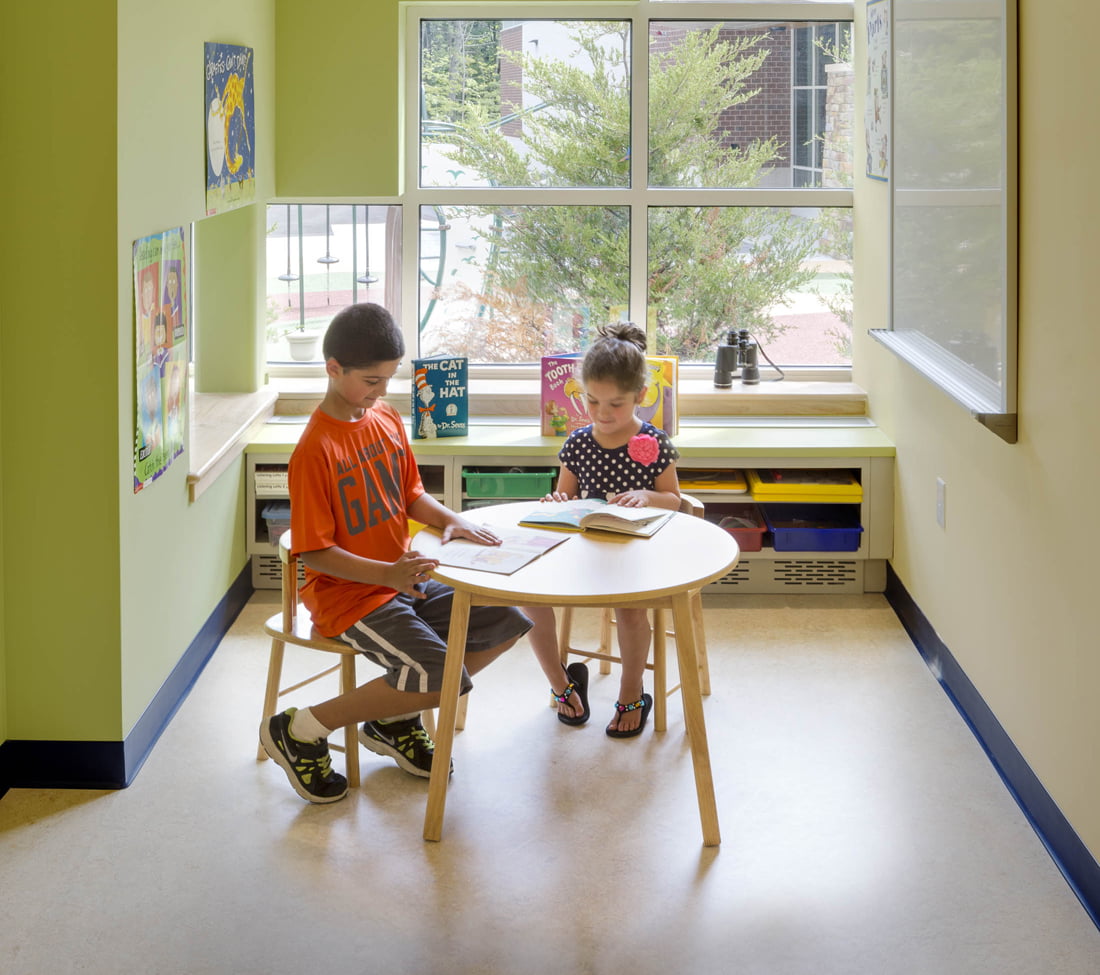Designing for Others — Putting People First
Design is often misunderstood, underestimated, or dismissed as superficial. But design is more than colors and proportions – at its best it prioritizes the human experience. It puts people at the center of each project and focuses on creating spaces that work as good as they look. But to create effective environments, there’s one thing we as designers must do – empathize.
Design thinking can help solve complex challenges. There are a great variety of tools and technologies available to architects these days, but the focus of the design process must be people– the users and occupants of the spaces we create. Design thinking is a human-centered approach to innovation; it is creative problem-solving for people’s needs.
 Empathy Is the Key.
Empathy Is the Key.
The dictionary defines empathy as: the ability to understand and share the feelings of another. In the case of architects, the “another” is the client.
Empathy requires that we suspend our own preconceptions, assumptions, and bias. It allows us to immerse ourselves in our client’s environment. Empathy is what enables us to design for people who are not like us.
Here are some thoughts about how empathy can be a vital part of the design process:
• Do your research. Get to know the client and users as well as possible before the very first meeting or interview. Obviously, Google and other databases and search engines can provide a wealth of factual information as can networking with professional and personal contacts.
• Ask open-ended questions and actively listen. Of course, research alone will not tell you everything about your clients or their needs. During face-to-face programming interviews asking questions that begin with “How do you …?”, “Why …?”, “Tell me about…?” will reveal a great deal about an individual’s motivations, experiences, and emotions.
• Ask clarifying questions. Follow-up by asking clarifying questions to expand your knowledge and to better understand why something is important to them. Architecture is a profession that prides itself on being life-long learners and this is a prime example of an opportunity for that to happen.
• Put yourself in their shoes. To the greatest extent possible, designers should take this literally; well not that literally–stay in your own shoes, but walk in their space, shadow their day-to day activities, observe their interactions, immerse yourself in their environment.
• Temper your opinions about style. Sometimes people have aesthetic preferences that may be different than ours as designers.
Understanding why they like something is often very useful information that ultimately can help create a very successful project. One of the reasons our work does not all look the same is because we enjoy the challenge of satisfying each client’s unique goals in a unique context with a customized response.
When empathy is missing, architects will fail to connect with their clients in the most positive way. Their design becomes solely ego-driven, producing buildings that inadequately serve the needs of their clients.
Having the opportunity to understand the nuances of a diversity of clients can be one of the most rewarding parts of this profession. Everyone deserves access to good design, and empathy is the starting point.

